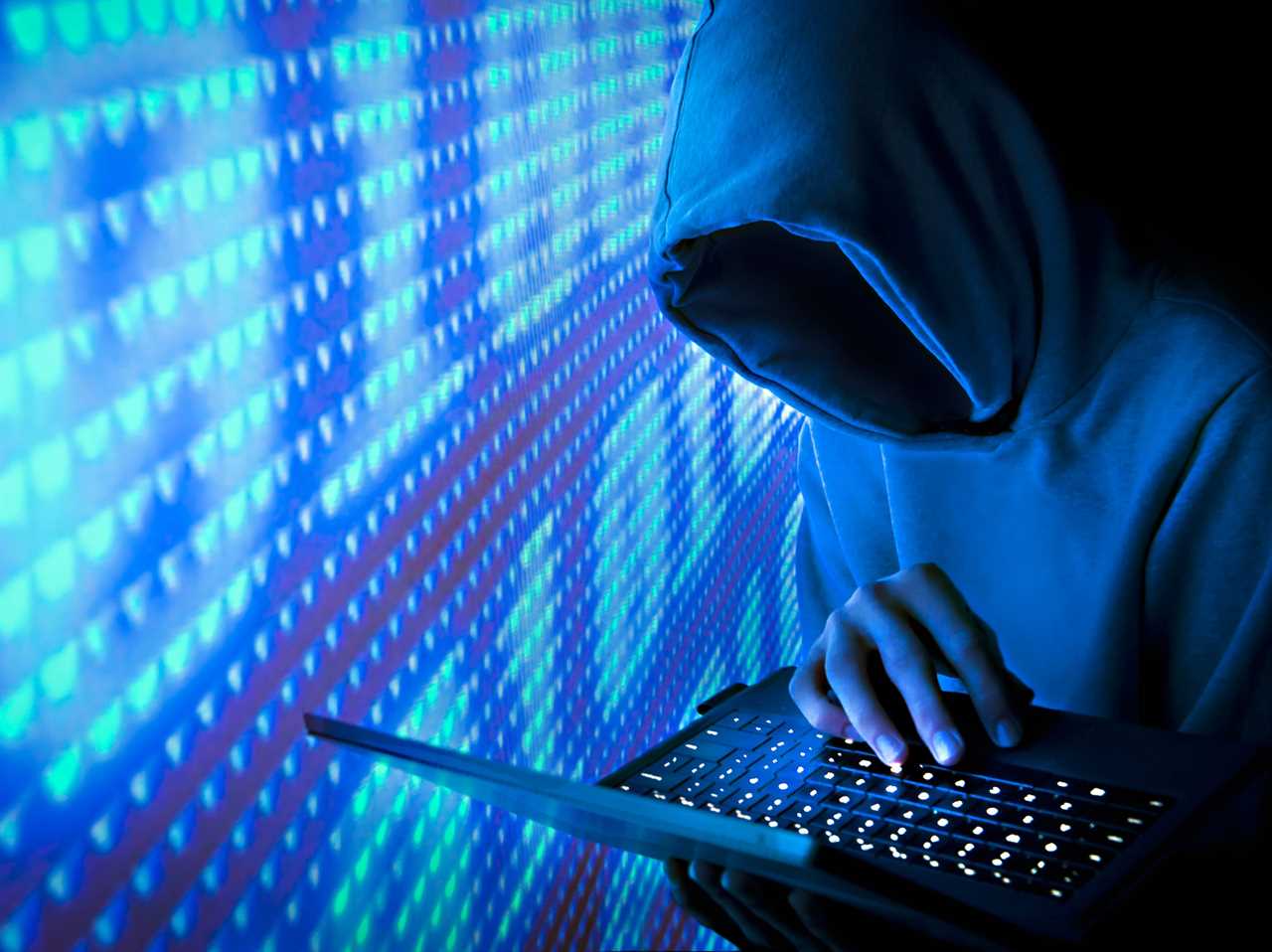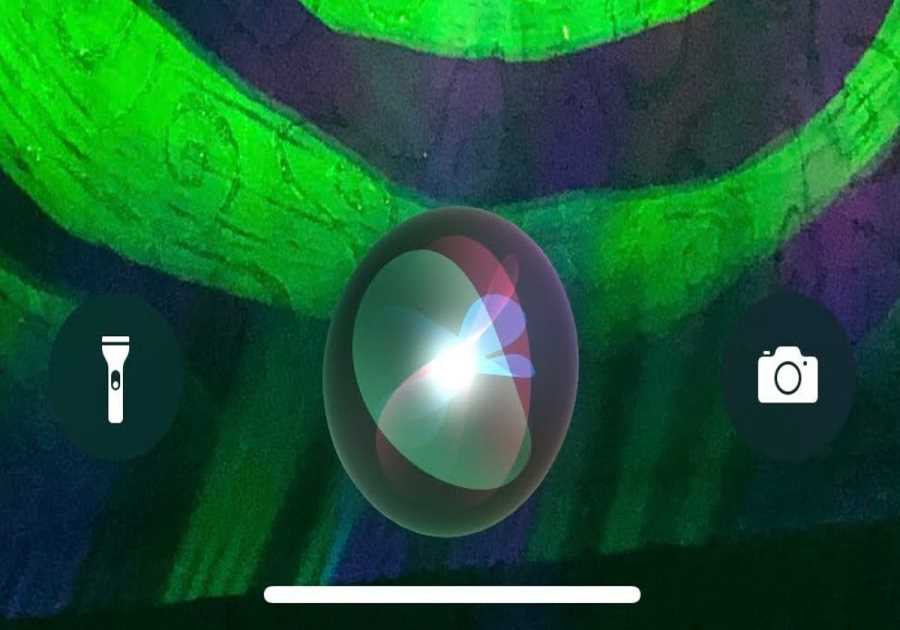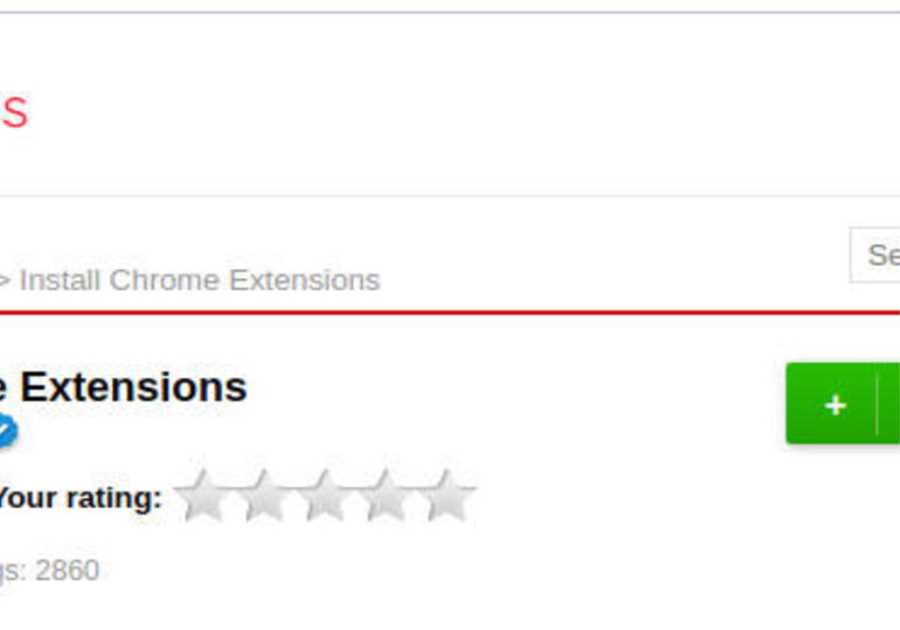
Diana Grytsku/Shutterstock
Diana Grytsku/Shutterstock
Check if your email account or password is compromised in two easy steps on haveibeenpwned.com.
Billions of online records have been exposed in the past decade through breaches, hacks, or leaks.
See more stories on Insider's business page.
A website called "Have I been pwned" can help internet users determine if their data has been exposed in an online breach.
Maintained by security analyst Troy Hunt, the database on haveibeenpwned.com, lets you check if one of your email addresses or passwords has been compromised, or "pwned," in internet speak.
After typing the website into your browser, you just have to type in the address of the email account you wish to check for breaches. The site cross-references that email address with more than 10 billion accounts compromised in past breeches.
Here's an example:
Screenshot
Then, just click the "pwned?" button next to the search bar.
If your account is in the clear, you'll get a green page that says "Good news," with references for how to increase security.
Screenshot
If your account details have been leaked, you'll see a red screen that says, "Oh no -- pwned!" It will tell me how many data breaches the email has been found in and where it may have been "pasted" to a publicly facing website.
Screenshot
Read more: A data breach is exposing Big Law firms who were using a 20-year-old system for handling sensitive documents. Here's what we know so far.
Over the weekend, more than 500 million Facebook users' phone numbers, full names, locations, email addresses, and biographical information were leaked online, Insider reported. That adds to the more than 4 billion online records that have been stolen or accidentally leaked in the last 10 years, according to data from the Privacy Rights Clearinghouse.
If affected, consumers should take steps to secure their accounts by changing a password and setting up two-factor authentication.
Read the original article on Business Insider






